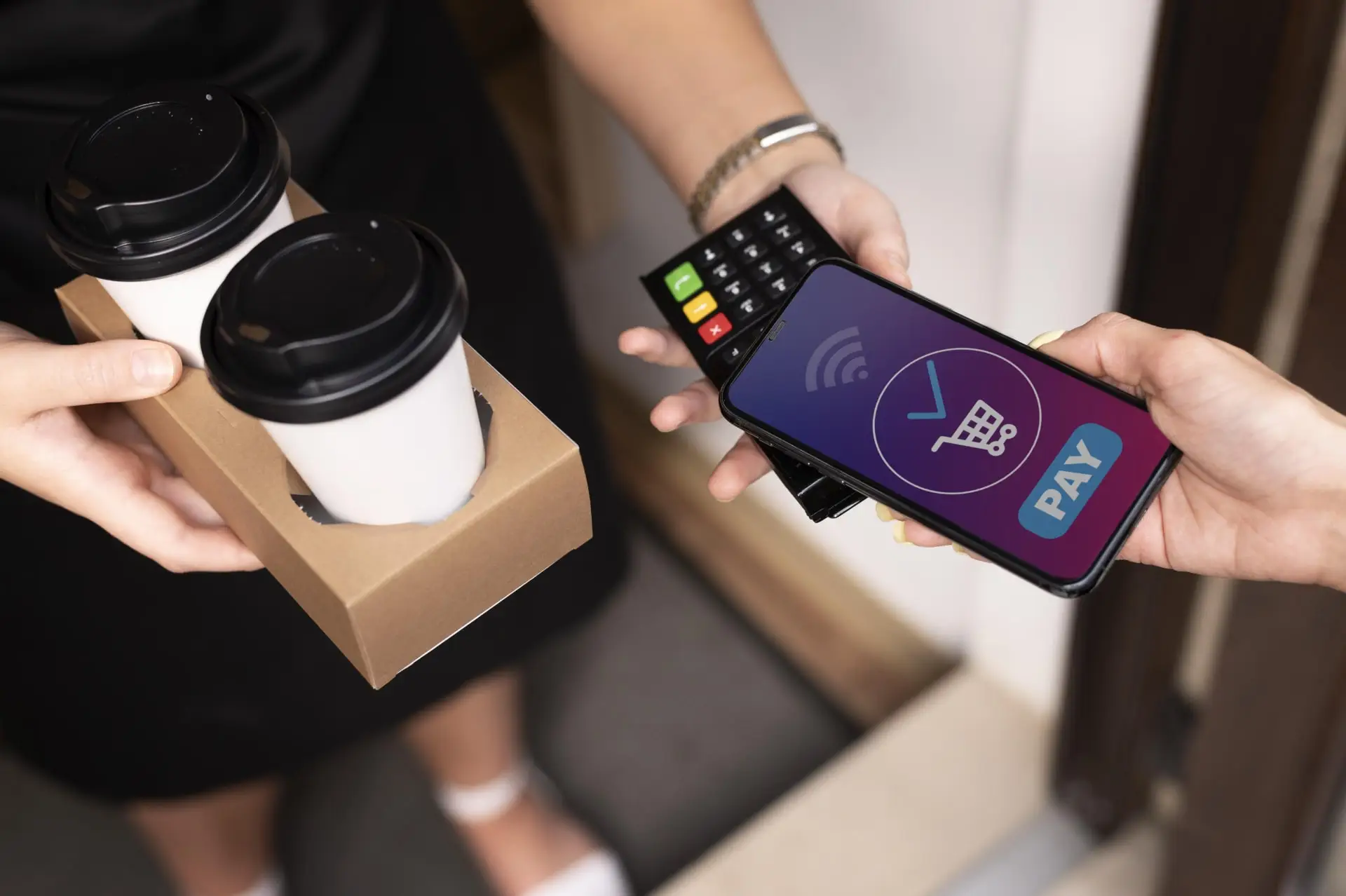In recent years, the global vending industry has undergone a significant transformation, driven by advancements in technology and shifting consumer preferences. One of the most notable trends is the growing demand for contactless vending solutions. This shift has been accelerated by the COVID-19 pandemic, which heightened awareness of hygiene and safety concerns, but it is also part of a broader move toward convenience, efficiency, and innovation in retail experiences.
The Rise of Contactless Technology
Contactless technology, which allows transactions to be completed without physical interaction, has become a cornerstone of modern commerce. From contactless payments using credit cards or mobile wallets to touchless entry systems, consumers are increasingly seeking ways to minimize physical contact in their daily lives. Vending machines, traditionally reliant on buttons, cash, or card swipes, have adapted to this trend by integrating contactless payment options and touchless interfaces.
The adoption of contactless vending solutions has been fueled by the widespread availability of near-field communication (NFC) and QR code technologies. These systems enable users to make purchases by simply tapping their smartphone or scanning a code, eliminating the need to touch shared surfaces. This not only enhances hygiene but also streamlines the purchasing process, making it faster and more convenient.
Hygiene and Safety Concerns
The COVID-19 pandemic brought hygiene and safety to the forefront of consumer priorities. As people became more cautious about touching shared surfaces, businesses across industries sought ways to reduce physical contact. Vending machines, often located in high-traffic areas like airports, offices, and hospitals, were no exception. Contactless vending solutions emerged as a practical response to these concerns, offering a safer alternative to traditional machines.
By minimizing physical interaction, contactless vending machines help reduce the risk of transmitting germs and viruses. This has made them particularly appealing in environments where hygiene is critical, such as healthcare facilities and schools. Additionally, the ability to operate these machines without cash has further enhanced their appeal, as physical currency is often perceived as a potential vector for contamination.
Enhanced User Experience
Beyond hygiene, contactless vending solutions offer a more seamless and personalized user experience. Many modern vending machines are equipped with digital screens, interactive interfaces, and connectivity features that allow for real-time inventory tracking and dynamic pricing. Some machines even leverage artificial intelligence (AI) to recommend products based on user preferences or past purchases.
The integration of mobile apps and loyalty programs has further elevated the user experience. Consumers can now browse available products, make payments, and earn rewards—all from their smartphones. This level of convenience and customization has helped contactless vending machines appeal to a tech-savvy, on-the-go demographic that values efficiency and innovation.
Sustainability and Efficiency
Contactless vending solutions also align with the growing emphasis on sustainability. Many modern machines are designed to be energy-efficient and equipped with features like LED lighting and low-power modes. Additionally, the shift toward cashless transactions reduces the need for paper receipts and coin handling, contributing to a more eco-friendly operation.
From a business perspective, contactless vending machines offer improved operational efficiency. Real-time data collection and analytics enable operators to monitor sales, track inventory, and optimize product offerings. This data-driven approach helps reduce waste, improve profitability, and ensure that machines are stocked with in-demand items.
The Future of Vending
As technology continues to evolve, the demand for contactless vending solutions is expected to grow. Innovations such as facial recognition, voice-activated controls, and AI-powered personalization are likely to further enhance the capabilities of vending machines. Moreover, the integration of Internet of Things (IoT) technology will enable smarter, more connected machines that can communicate with each other and with central management systems.
In conclusion, the rise of contactless vending solutions reflects a broader shift toward convenience, safety, and innovation in the retail landscape. By addressing consumer concerns about hygiene, enhancing user experiences, and promoting sustainability, these machines are poised to play an increasingly important role in the future of commerce. As businesses and consumers alike embrace this technology, the vending industry is set to redefine itself for the digital age.
